Blackfin Resort and Marina, Marathon, Florida, is an island paradise and a welcome slice…

Winterizing Kismet for Storage in Portland, OR
1.
Winterizing Kismet for Storage in Portland, OR

Time to Think About Winterizing Kismet!
All good things must come to an end… well temporarily anyways as we think about winterizing Kismet. As the colder, wetter months arrived in Portland, we started to turn our thoughts to flying home for the holidays. Jim found a secure storage lot for our boat near Salpare Marina. As the time approached, we prepared a few to-do lists – a list of things to pack to take home, a list of errands to do before we left, and the most important list of all, Winterizing Kismet, just in case.

Although the temps are fairly moderate in the Pacific Northwest, it rarely snows and the winter temps don’t get below freezing very often or for very long when they do. Most people leave their boats in the water all year. With that said we felt it was still important to take Kismet out of the water, winterize and store it on land for the two months we were going to be in Michigan. I’ve attached the list of winterization activities I perform before storing Kismet on the hard. We want to protect her from the outside chance of prolonged freezing weather in our absence. We don’t want to come back to frozen water lines, etc.
Winterizing Kismet
Items needed to have on hand:
5 GAL engine RV antifreeze
5 GAL fresh water RV antifreeze
16 plastic white zip ties.
1. Empty the water tank.
2. Empty hot water heater.
3. Have the holding tank pumped out.
4. Put 4 gallons in the water tank.
5. Run the galley sink until pink antifreeze comes out.
6. Run the head sink until pink antifreeze comes out.
7. Pour antifreeze into the head sump.
8. Run Genset until it is warmed up.
9. Close through hull valve on air/heat, and take the hose off of the strainer. Once Genset is on, start the air/heat unit and pour anti-freeze into the hose until it comes out discharge hole on hull side. reassemble the hose onto the strainer.
10. Close through-hull on Genset and take the hose off of strainer. Start Genset and pour antifreeze into the hose until it comes out hull discharge hole. Then turn Genset off and reassemble the hose.
11. Close the through-hull for engine
12. Take the strainer cap off and pour antifreeze into the strainer and flush the toilet two times or until the pink-colored antifreeze comes into the toilet bowl.
13. Pour antifreeze into the strainer and turn on the cockpit fresh water outlet until pink antifreeze comes out
14. Start the engine and pour engine antifreeze into the strainer until pink antifreeze comes out of the exhaust, about 2 to 3 gallons
15. Re-install the strainer cap.
16. Pour antifreeze into aft bilge until bilge runs.
17. Pour antifreeze into the waste emptying fitting.
18. Disconnect all batteries by connecting each set of cables with a zip tie. Number each battery post with a zip tie that is numbered the same as each battery set.
19. With the boat out of the water now, pump antifreeze into the forward bilge pump hull fitting (hull discharge is on the starboard side closest to the bow)
20. With the boat out of the water pump antifreeze into the wastewater hull discharge fitting on the port side between the engine and Genset exhaust.
Ten gallons of RV anti-freeze costs around $50 and my labor is well worth the ounce of prevention it takes to protect and preserve our boat from potential cold weather hazards. The entire process is fairly straightforward and takes about 3 hours.
Our five weeks in Portland flew by rather fast, as we got closer to “D” day we prayed for a good day to trailer the boat. We were rather doubtful of that happening considering that the weather up to that point just seemed to get colder, rainier, and windy the longer we stayed.
After Kismet was winterized and trailered, we took her to a storage yard where Jim covered the entire boat with a very large white tarp. The tarp is meant to ward off rainwater or snow, help keep the boat clean and conceal the boat from prying eyes. When the boat is fully covered one can hardly tell what is underneath.





This time we stored the dinghy and motor in the boat’s cockpit. The whole thing will be covered with a big tarp, so we think it should all be good. Winterizing Kismet is a lot of work, but we know it will pay off in the end. We won’t have to worry while we are gone, we can concentrate on being home rather than worrying about what is happening with the boat.









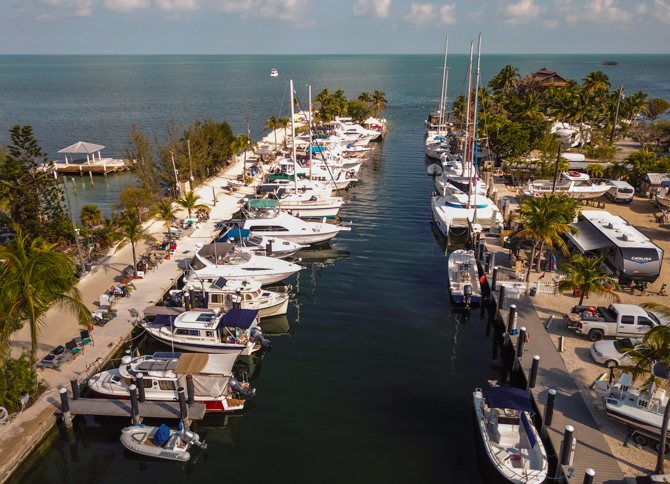
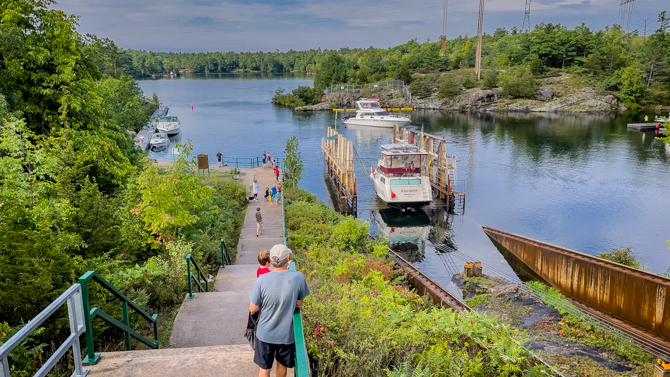


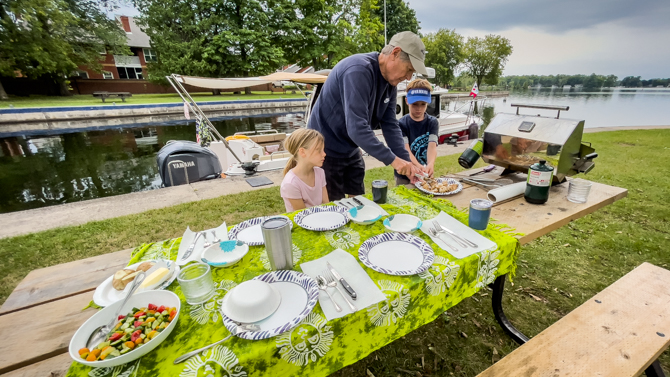
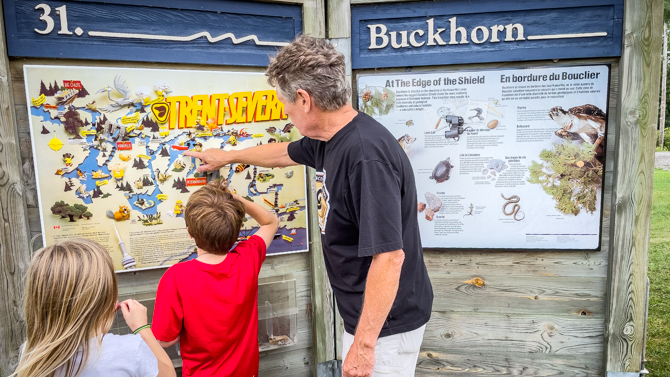
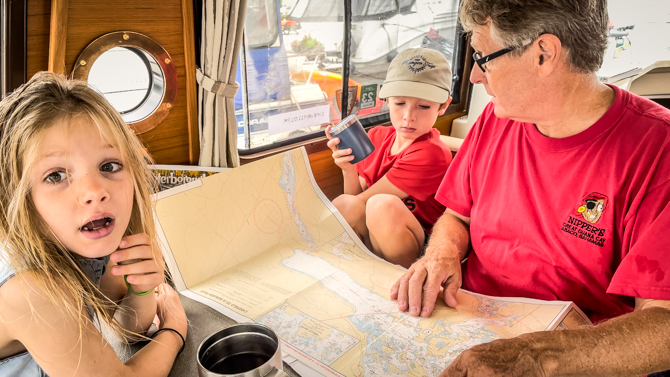
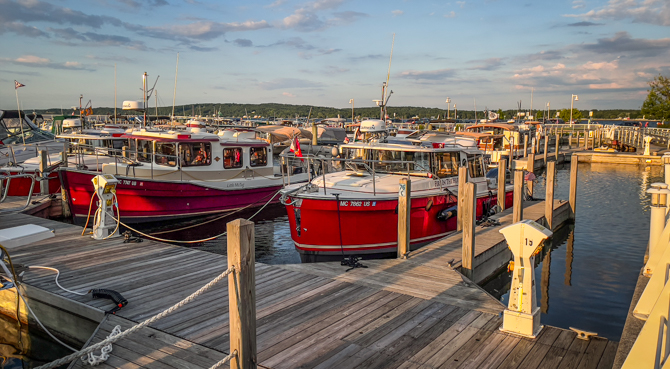
Comments (0)